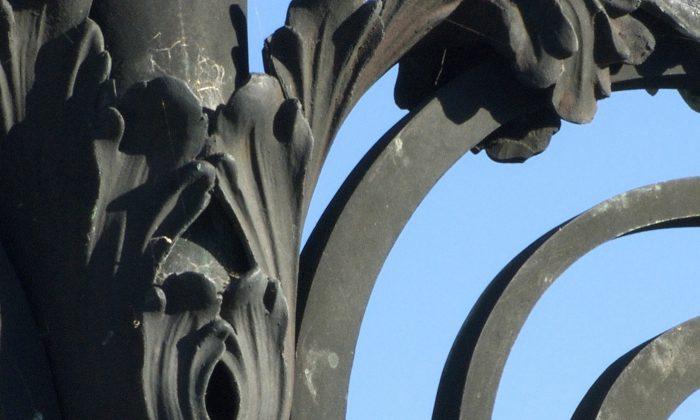Susie was three years old, hospitalized from birth, diagnosed with a condition that caused her muscles to waste away. This included her breathing muscles and she was on a breathing machine. She was confined to a wheelchair. The only activity Susie could tolerate for fifteen minutes, three times a day, was to be strapped to a table, then tilted into an upright position. The staff noted in the chart she was mentally challenged.
I had already begun employment as a Nurse Resource Consultant with the state of Colorado’s Medicaid program when I met Susie. In my position, I was to authorize or deny reimbursement for nursing services provided in the home for ill and disabled Medicaid recipients. Regulations defined these services as intermittent visits, not to exceed two hours each.
One day, I received a phone call from Cindy, the head of a home nursing agency. She requested that Medicaid pay for hourly, private duty nursing care in the home for medically fragile, technology-dependent children currently living in the hospital’s intensive care unit only because they needed monitoring 24/7. In other words, she wanted nursing care in the home for eight or ten hour shifts. “No can do,” I replied. “Home care services are intermittent. We don’t pay for private duty nursing care.” Click. I hung up the phone, thinking I was a pretty good bureaucrat.
There was a part of me, however, that knew these poor children were living miserable lives in the hospital ICU. Deep down, I felt ashamed for following the company line. After all, I was on the inside of the system now. Hadn’t I always said I'd change things if I could, that I had a duty to society to do so?
When Cindy called back three months later, I listened. I heard about extremely fragile children, all whom were experiencing emotional and developmental issues. The families were struggling. I also heard that private insurance companies were providing private duty care at one-half the cost of hospitalization.

What I heard that day was enough to convince me to “bend” the rules. I started by asking my supervisor, was referred to the Division Director, and finally, to the Director of the Department. A green light was given for me to develop a two-year pilot program and to track the results and costs for these children. I was to assist in getting Legislative approval, which I did. I then proceeded to create, develop, and manage the Private Duty Nursing Program (PDN).
The discharge team and I worked together to arrange for Susie’s discharge to her mother’s home. To assure that safe care occurred once the children were sent home, I had built into the PDN regulations a clause that a surprise visit by myself and the nursing agency was to occur twice a year to monitor safety and follow-through with medical procedures.
On the day of Susie’s visit, Cindy, the director of the agency providing nursing care, and I set off to do our home evaluation. The first thing we discovered was Susie in a wet diaper with soaked bedding. Her breathing treatments had not been done. She was wheezing. This was a dire situation because it was beginning to obstruct her airway.
We re-admitted Susie to the hospital. We located the dad, who the mother had said wasn’t interested in Susie at all. We discovered quite the opposite. The dad was thrilled to take her home and care for her with the support of PDN care. He moved into the finished basement of his parents’ home, and he, his parents, and the PDN nurses provided round-the-clock care for her.

The PDN nurse went to school with Susie. At first, she was non-responsive, very shy. Eventually, however, everyone discovered Susie was of above-average intelligence. She began to crawl, and walking followed. She no longer needed her wheelchair. The ventilator was no longer needed after several years at home, as she was breathing on her own. It was all the miracle of what being at home with parents’ love can do for a child.
We who were involved in the PDN program saw many miracles. The children’s developmental and emotional progress was stunning. Medical miracles kept occurring.

Friends Read Free